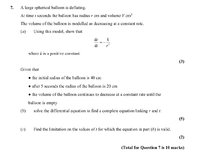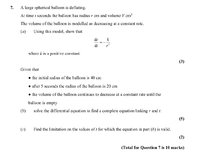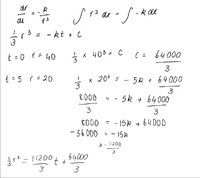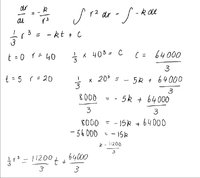Hi,
I was wondering how to do this question? Everything I seem to try, the result never seems to be the same as the equation that you need to prove? And then for part b, I don’t know what bits of data I would be using to go where?
thankyou
I was wondering how to do this question? Everything I seem to try, the result never seems to be the same as the equation that you need to prove? And then for part b, I don’t know what bits of data I would be using to go where?
thankyou





